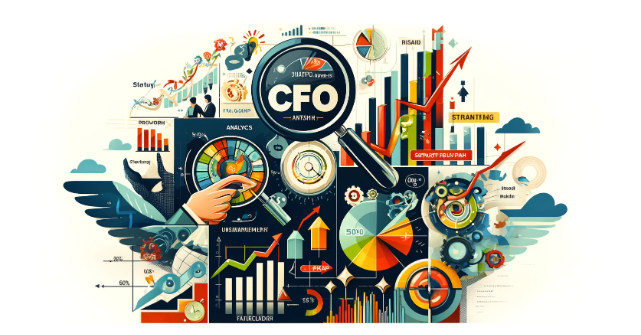Establishing an accurate valuation is essential for business owners seeking investment, pursuing mergers and acquisitions, or planning an exit strategy. However, valuation remains more art than science. A wide range of qualitative and quantitative factors must be weighed carefully to reach a fair market value assessment aligned with a company’s growth prospects. This article explores the most pivotal considerations.
Valuation Methods and Their Relevance
Several main methods exist for valuing a private company, each with distinct pros and cons for different scenarios.
Discounted Cash Flow (DCF) Analysis
DCF models future free cash flows based on financial projections and then discounts these cash flows back to present value at the firm’s cost of capital to determine fair value. This method works well for stable companies with predictable cash flows. However, projections incorporate significant assumptions for newer businesses.
Multiples of Earnings
This relative valuation approach applies standard multiples from comparable public companies to metrics like revenue, EBITDA, or earnings per share. The ease of use makes it popular, but the quality of comparables heavily impacts accuracy.
Return on Investment (ROI) Analysis
Common in investment pitches, ROI models value a business based on expected investor returns. But these often rely more on assumptions than actual operating data.
Asset-Based Valuation
A company’s asset value underpins this method’s valuation floor. It works for asset-rich, cash-flow-poor companies but fails to account for intangible value drivers.
The appropriate approach depends on factors like industry, business model, and data availability. Using multiple methods also helps triangulate value ranges. However qualitative aspects remain equally important.
Key Value Drivers to Consider
My experience in investment banking and M&A advisory has shown that six core factors carry the most influence in determining worth beyond just valuation multiples.
Industry Dynamics
A company’s value correlates closely with its industry’s size, growth rate, volatility, competition levels, consolidation trends, and disruption risks. Attractive characteristics like high, sustainable growth in a fragmented, stable industry merit higher valuations.
Financial Performance
Profitability, reliable cash flows, revenue growth, and low capital intensity signify strong financial health. Historical trends and near-term projections provide context for long-term quality and margin expansion potential. High-growth, high-margin firms warrant premiums.
Size and Growth Potential
Valuations usually correlate with size due to competitive advantages from scale, bargaining power, and resilience. Expected growth rates also factor prominently, evidenced by high sales multiples for emerging tech companies despite profitability challenges. Forward-looking assessments of the total addressable market and expansion ability influence the worth.
Management Team
Experienced leaders who have built valuable companies before suggest a higher probability of effective execution and adaptation to dynamic conditions. Established relationships and industry expertise also strengthen the case for lofty growth projections underpinning valuations.
Leverage Capacity and Liquidity
The capacity to take on non-dilutive debt financing indicates the ability to fuel growth without giving up equity. Strong liquidity – the level of cash and assets readily convertible into it – provides a buffer against volatility. Both merit higher valuations by decreasing risk.
Competitive Strength
Unique intellectual property, proprietary data or analytics, exclusivity rights, and brand equity act as barriers to entry. They enable pricing power and margin expansion, commanding higher valuations. Network effects and customer switching costs also make a company more valuable.
Weighing Quantitative and Qualitative Factors Holistically
Valuation depends greatly on the interplay between quantitative and qualitative factors. Industry growth prospects mean less for a company with a weak management team. Great leadership striving against unfavorable industry economics also dims prospects. Companies with competitive advantages in an attractive industry with strong financials and leadership warrant premium valuations.
However, ratios should be viewed in the context of a company’s maturity. Early-stage tech firms get leeway on profitability. However low margins and poor cash flows degrade the value of mature companies with limited differentiation.
Ultimately, buyers determine worth based on perceived future value drivers, growth opportunities, and risk-return profiles – not just current revenues. Owners can take several actions to maximize value in preparation for major liquidity events. These include strengthening their management team, securing proprietary IP, improving financial performance, and articulating compelling growth stories. Companies well-positioned for the future will always command better valuations.


